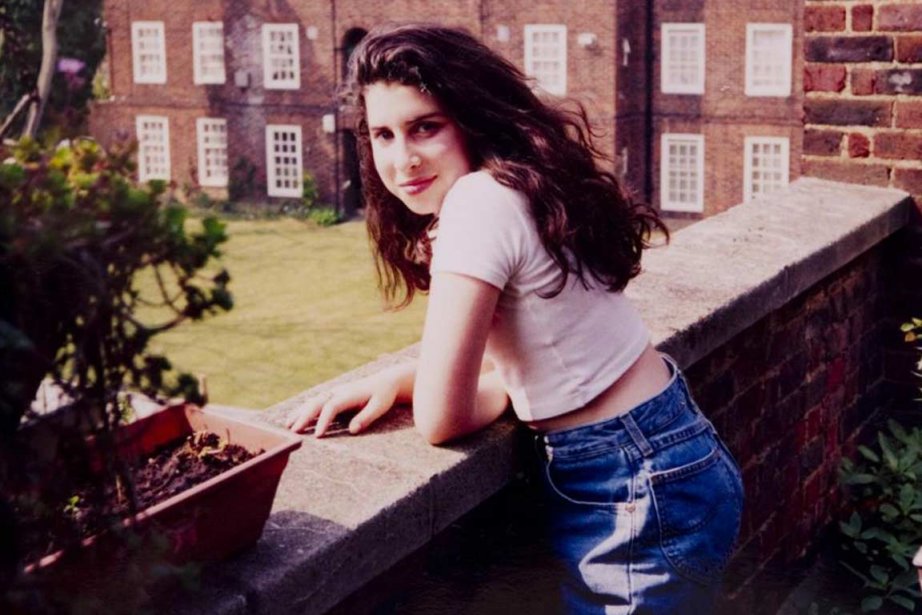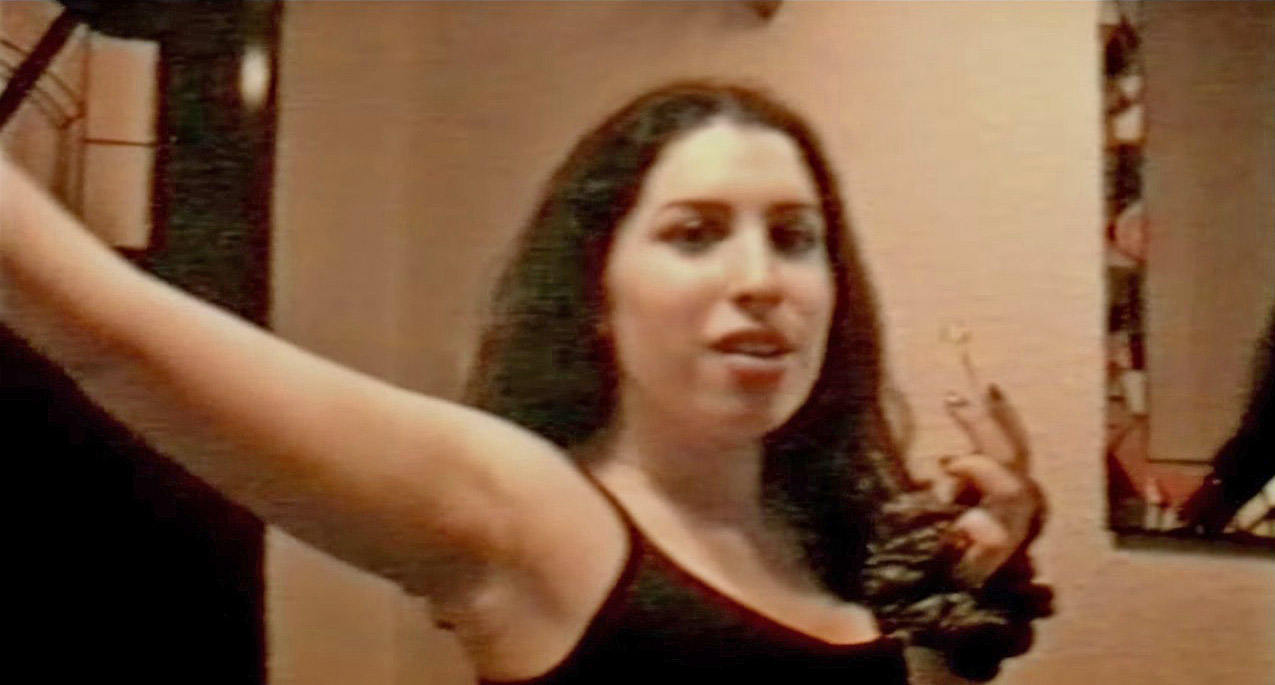And Now the Final Frame
by Moira Weigel

Amy Winehouse on the balcony of her grandmother's flat in Southgate, London. Courtesy the Jewish Museum, London.
This is an excerpt from Even no. 2, published in fall 2015.
A long tradition in theories of photography and film focuses on the ability of these media to record reality indexically — through physical contact with what they represent. Historically, light reflects off of objects onto photosensitive paper (or film); consequently, the negatives produced are directly related to what they portray. Theorists have gone further, parlaying that science into a special relationship with death — what André Bazin called cinema’s “mummy complex” and Roland Barthes, the punctum. “He is dead and he is going to die,” Barthes captions one portrait in Camera Lucida, his book on photography, expressing the temporal paradox of all photographs: the medium captures the subject in a state that he or she has departed as soon as it is captured. Whether or not the subject is actually dead, the photograph contains an indexical relationship to a past that can only suggest a death-to-come.
We go into Amy knowing that Amy Winehouse is dead and is going to die. But digital media do not have that same kind of relationship with the reality they are supposed to represent; they are not its index or its death mask. They are 1 and 0 animations; they need not have touched what they refer to. They are unmoored from the world,timeless, and thus curiously undead.

Amy’s was a life lived on the brink of the transformation that made everything digital — a sea change the music industry experienced first, and which fully transformed what we call cinema by just around the time of her death. The songs on Back to Black are curiously timeless, borrowing from all of the last century’s music history at once: American girl groups with their sha-la-las, British northern soul, even the vulgarity known as ska. Her collaborators speak, in Amy, about how obsessively she studied the entire history of jazz, constantly emailing them MP3s. For Amy, music was already free to be reconstituted and reassembled, parallel to Kapadia’s treatment of her life.
The footage in Amy mostly comes from camcorders, not cell phones. Amy became a star at the moment just before we all starting making ourselves into small-scale celebrities. If today any of us could have a documentary like this assembled from the digital ephemera on our friends’ iPhones, ten years ago that was only just becoming possible. The scene in Ronson’s studio, with its audio track shuttling between her vocal take and especially interested in the fatality of celebrity in that moment of transition. Particularly toward the end of Amy, as the drumbeat of her ruin grows louder and louder, we see how efficiently and intensively digital paparazzi cameras and the 24-hour news cycle can exploit their subjects — digging every last image out of her, beaming them everywhere. At the same time, we see the incompleteness of the record that even the most intimate insider footage offers.

I found myself wondering, as I watched Amy, what Winehouse would have been like if she had lived a few years longer — into the era when having Instagram and Twitter accounts became an obligatory part of celebrity. Indeed, of being anyone. In contrast to Senna, where we follow a race car driver into his own death shot, we never see Amy Winehouse in the first person. We don’t even really see her head-to-toe, as though none of her close friends could face capturing the physical evidence of her self-destructive behaviors (bulimia high among them). She is barely bodily, as though not substantial enough even to reflect light, even to produce an index. As a documentary, Amy holds out the promise of giving us the inside story. But the idea of the “real” Amy is only ever a vanishing point to organize all her gestures into a space we can move through, constituted of a thousand clips and voices of someone no longer here.
“She was a true jazz artist,” her idol and one-time collaborator Tony Bennett attests.
Her close friend Mos Def agrees. “She didn’t have any airs; she was real,” he says, and confesses to having had a little crush on her for it. But later in Amy, he recalls an evening when she showed up at his house in Miami. Although she has just struggled through one of many efforts to get clean, she immediately slips some tinfoil and a pipe out of her pocket. The rapper shakes his head. “There was someone who was trying to disappear.”